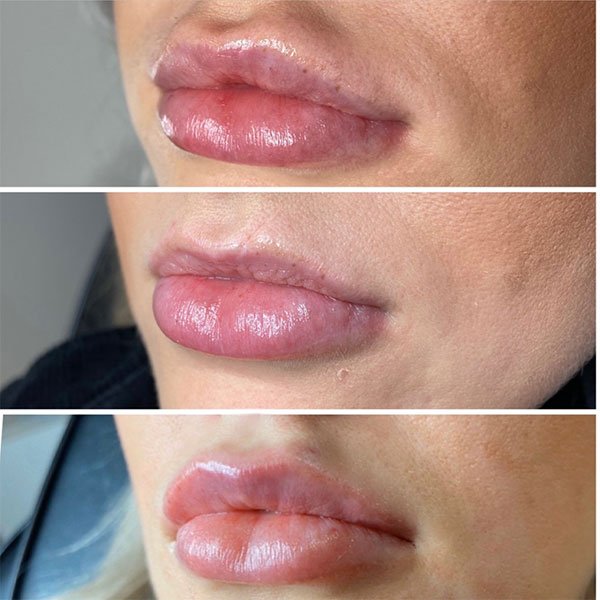understanding filler migration: common occurrences in lip filler
The quest for fuller, more youthful lips has become increasingly popular in recent years, thanks in large part to the rise of non-surgical cosmetic procedures. Dermal fillers, a quick and minimally invasive solution to plump up the lips, have gained immense popularity. However, one phenomenon that often accompanies lip filler treatments is filler migration. In this blog post, we'll delve into what filler migration is, why it happens, and how common it is to see it in lip enhancement procedures.
what is filler migration?
Filler migration refers to the gradual movement of dermal filler material from its initial injection site to other areas of the face. While the intention of a lip filler treatment is to enhance the fullness and shape of the lips, migration can sometimes cause the filler to spread beyond the lip area. This can result in an unintended or unnatural appearance, affecting the overall aesthetic of the face.
why does filler migration occur?
Several factors contribute to filler migration:
1. Gravity:
Gravity naturally exerts force on the filler material, causing it to gradually move downward over time. This can lead to the filler accumulating in the lower lip or spreading to the surrounding areas.
2. Muscle Movement:
The lips are highly mobile, and daily facial expressions such as smiling, talking, and eating involve constant muscle movement. These movements can displace filler material, leading to migration.
3. Injection Technique:
The skill and precision of the injector play a crucial role in preventing filler migration. If the filler is not placed deep enough within the lip tissue or is injected too superficially, it is more likely to migrate.
4. Product Choice:
Different filler products have varying properties and consistencies. Some are more prone to migration than others. Choosing the right filler and the appropriate amount is essential to minimize the risk of migration.
how common is filler migration in lip enhancement?
Filler migration is a known phenomenon in lip enhancement procedures, but its occurrence varies from person to person. Several factors influence the likelihood of migration, including the individual's facial anatomy, and the type of filler used.
It's important to note that not everyone who gets lip fillers will experience migration. Many individuals achieve beautiful, natural-looking results with minimal to no migration.
To reduce the risk of migration, patients should:
1. Choose an experienced and reputable injector who understands facial anatomy and the injection technique.
2. Opt for high-quality dermal fillers known for their longevity and minimal migration tendencies.
3. Follow post-treatment care instructions, which may include avoiding excessive pressure on the lips and massaging the treated area as directed.
Filler migration is a potential concern in lip enhancement procedures, but it should not deter individuals from considering lip fillers altogether. When administered by a skilled and experienced injector using the right products, lip filler treatments can yield stunning, natural-looking results with minimal risk of migration.
